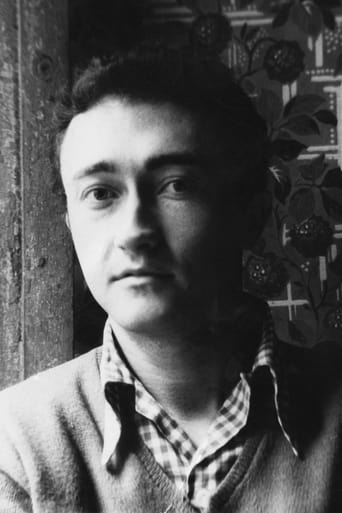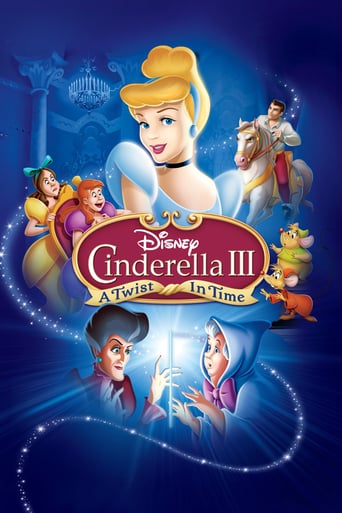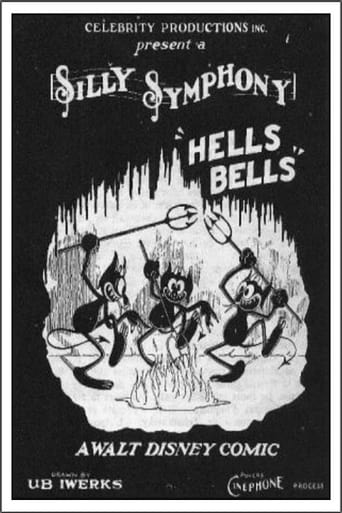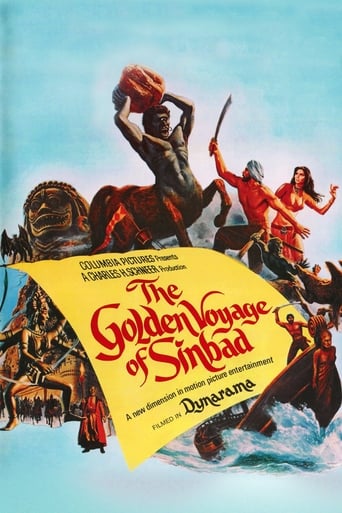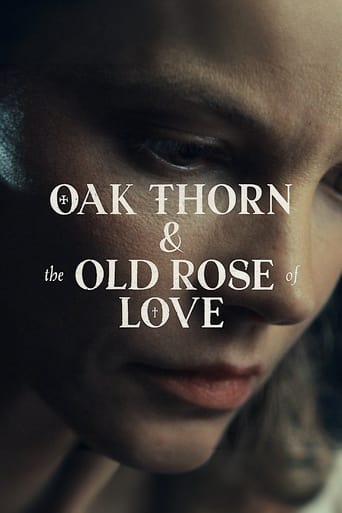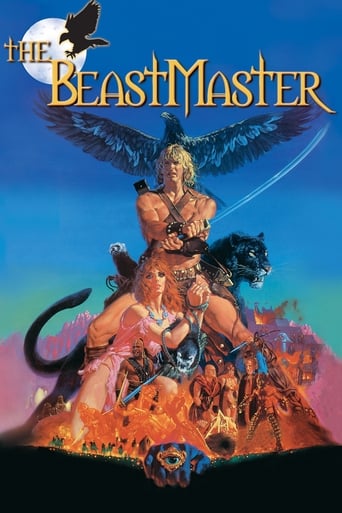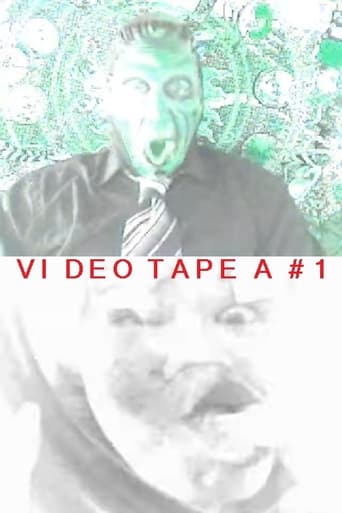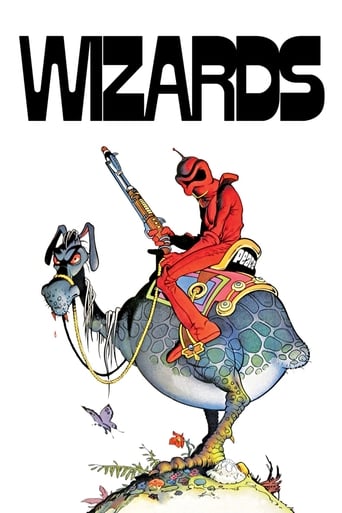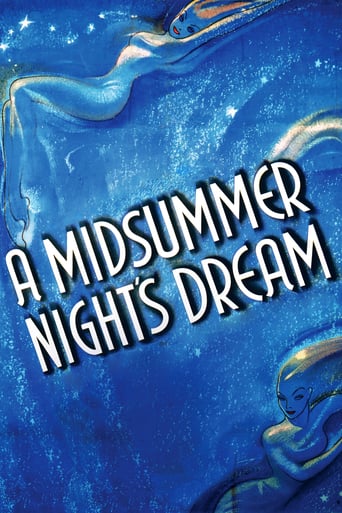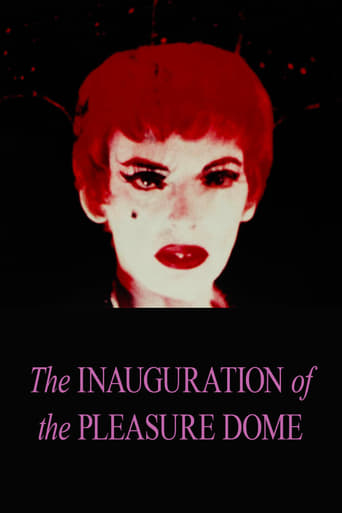
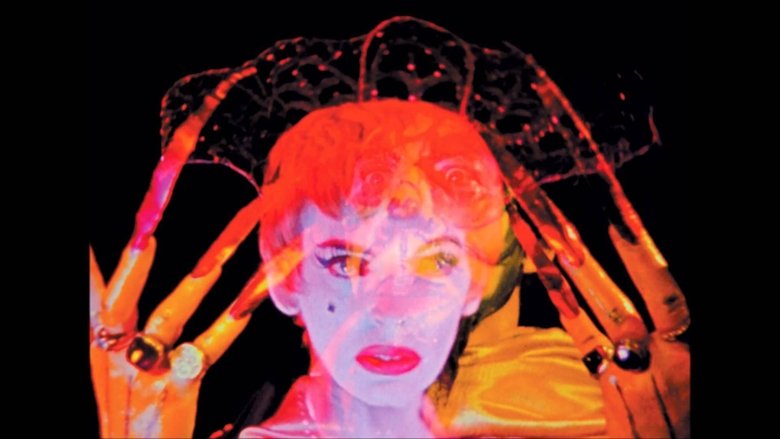
The Inauguration of the Pleasure Dome (1954)
Lord Shiva wakes. A convocation of magicians in the guise of figures from mythology; a masquerade party at which Pan is the prize. The wine of Hecate is poured: Pan's cup is poisoned by Shiva. Kali blesses the assembly as a bacchic rite ensues.
Watch Trailer
Cast


Similar titles
Reviews
A lush creation by famous underground avant-garde film-maker Kenneth Anger, this film of a celebratory religious ritual mixes several of Anger's favourite themes and obsessions while remaining mysterious enough that it can be interpreted on a number of levels depending on the viewer's background and opinions. I can see here a fascination with the occult and its symbols and trappings, many of which look like deliberate parodies and send-ups of Christian ritual and symbolism, into which Anger has inserted his own interest in the work and philosophy of English mystic Aleister Crowley. There is also a sense of people creating their own selective mix of mythology and ritual. Coming from another angle again, I can see criticism of formal religion, a suggestion that ritualistic religious ceremony can be corrupted and rotting from within, as much a prison from which there's no escape except death, as it is a source of comfort and affirmation for its followers. In the midst of ecstatic communion, laughter and joy, there is also violence and an offer of a sacrifice to dark gods. The sacrifice could be interpreted as liberation as well, a release into a new clean world without sin and corruption. If we interpret the symbolism of "Inauguration ..." very broadly, the film also becomes a critique of Western culture and people's subjective notions of what is culturally acceptable and what is not.The actual film itself is set to the music of "Glagolitic Mass", a composition for solo voices, choir, organ and orchestra by Czech composer Leos Janacek, and could be seen as a very long music video. There's no dialogue at all, no background or other ambient sound. The film builds up steadily with static diorama-like scenes up to the moment where various participants consume an intoxicating drink and then the visuals explode into layered scenes of bursting, flaming colour and strange superimposed juxtapositions and combinations of repeating images, Hindu-god figures with green skin (a symbol of death), Egyptian gods and maenads (female acolytes of the Greek god Dionysius, lord of ecstasy) tearing apart a young man. The film's close, near-fetishistic attention to objects, the actors' elaborate costuming and studied appearance, and the staged, mannerly look of scene set-ups recall the equally camp kitsch film classics made by the Armenian film-maker Parajanov in the 1960s and 1980s.This is obviously not a film for everyone: much of it up to the 20th minute is slow and appears quite remote, not at all concerned about drawing viewers into its ritual and secrets. Characters are preoccupied with consuming rosary beads, a snake and a jewel. Religious rituals have never been about entertaining or informing viewers of their purpose after all; you're always assumed to have undergone some training or education in the religion's basic practices and knowledge and to receive further knowledge you have to be selected by the religion's standard bearers whose expectations of you and your conformity to its precepts may be severe. Eventually the film does immerse viewers into its realm but you need to interpret its goings-on for yourselves: there's no attempt to explain what's happening for the benefit of first-time participants in the ritual. Is the death scene of the young blond man a send-up of Christian Holy Communion ritual as well as a literal interpretation of Dionysian ritual? Is it a reference to the destruction of a particular worldview or civilisation? Is there the possibility of rebirth, that the death is but a necessary initiation step he must take into another (and better) plane of existence?People with no interest or appreciation for arcane religious ritual, veiled symbolism and the eclectic mixing of deities, figures and stories from different religious and folkloric traditions will be bored by the film and perhaps should pass it over but they will miss its layered symbolism and message of initiation, celebration, ecstasy, death and the hope of new life.
The short films of Kenneth Anger are certainly NOT for the casual film goer! The best way to describe them is avant-garde--and often make little sense, as they are not meant to be shown to the masses. Some are incredibly artistic--like filmed work of art. Some are really cheaply made and definitely look it. Regardless, they are a challenge to watch and I very strongly recommend you see them with his commentary activated. So why would I see these shorts? Well, in a recent interview I noticed that John Waters credits Anger for much of his inspiration. And, since I have seen all the films of Waters that are available (a couple very early ones aren't), it seems natural I'd give Anger's films a try. This and four other reviews are best on the DVD "Films of Kenneth Anger: Volume 1".While I could say a lot about INAUGURATION OF THE PLEASURE DOME, I think Norwegianheritic's review was spot-on and there isn't a lot to add. I, too, could see the strong influence from Jean Cocteau and Luis Buñuel. As for the film, it was like a bunch of straight, gay and bisexual artistes who love Alistair Crowley, Satanism and Cabala having a dress-up party and playing out various skits that they thought were clever and great fun. As for normal everyday folks, this is just plain weird, convoluted and, after a slight shock, actually rather boring.
I first encountered this work around 1967, in a period when I was seeing many underground films in New York and Los Angeles, some shown in progress by the makers themselves. It was a heady time, and my memory was of a richly textured, opulent work that was surely Anger's magnum opus up to that time.Last week, more than 3 decades later, I saw it again and was amazed at how inept and self-indulgent it was. The only thing holding it together is the appropriated sound track, Leos Janacek's masterful Glagolitic Mass, a creation that is far older than the film but has retained its genius. The visuals (like all of Anger's work, this is a silent movie with music) are little more than a pretentious thrift-shop costume show aspiring to pageantry, with little detectable underlying meaning or cinematic form.The notion of camp was not yet formulated in 1954, when IotPD was made, but the film inadvertently exemplifies the concept -- or was Anger really satirizing a self-conscious social circle along with a certain type of dilettantish cluelessness and muddled cinematic thinking when he made this? What a huge disappointment after mistakenly thinking so well of this movie for so many years!
Browsing the record for Kenneth Anger I was staggered to see that this masterpiece and Scorpio Rising were languishing in the 6.somethings ratings while the much less impressive Lucifer Rising was in the upper 7s... I can still recall the thrill I had in seeing this film at an 'underground' (literally!) screening in 1968. The colours seared from out of Anger's blackness and the characters have haunted my subconscious ever since. This is the most Crowley-like of Anger's films and all the better for it. There is true magic in his style and imagery.




